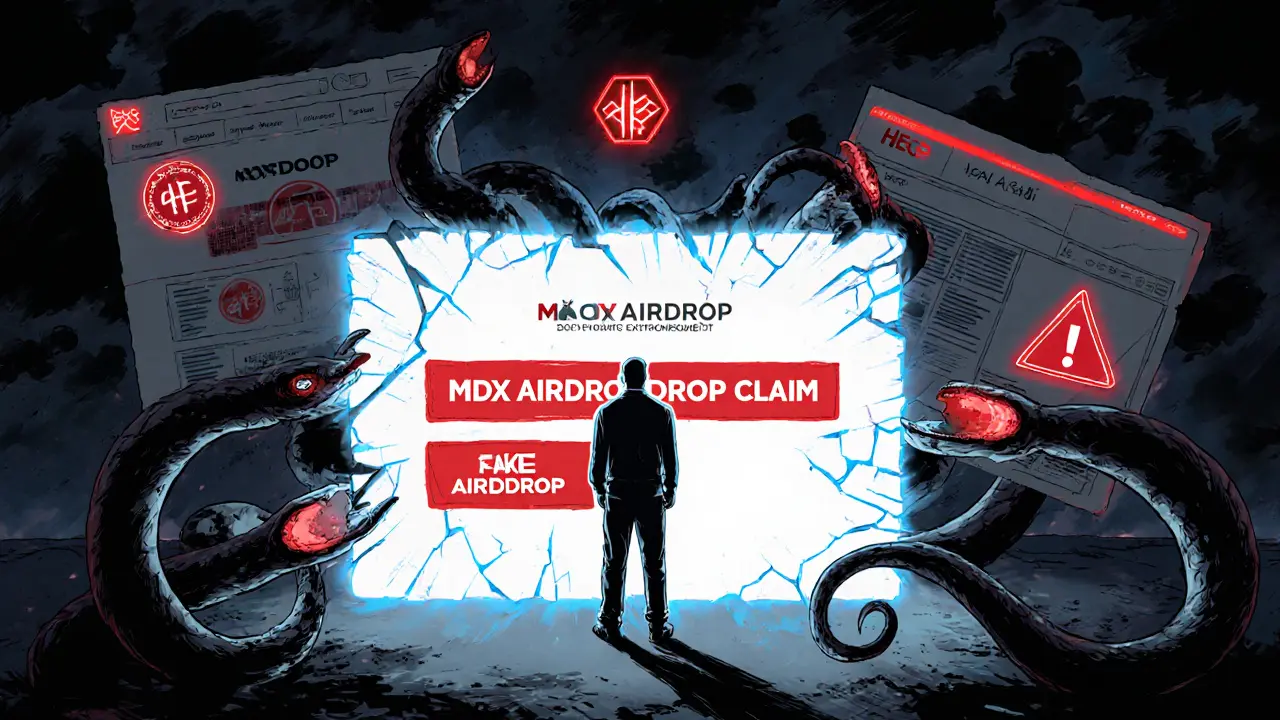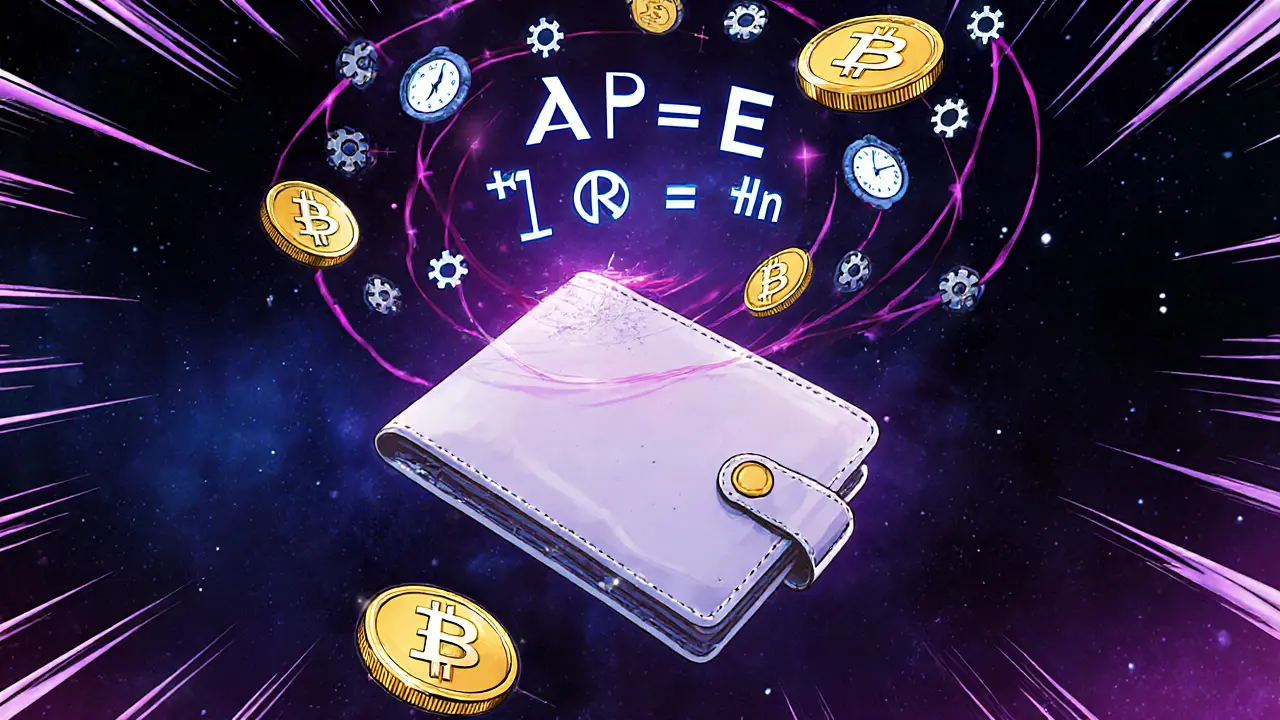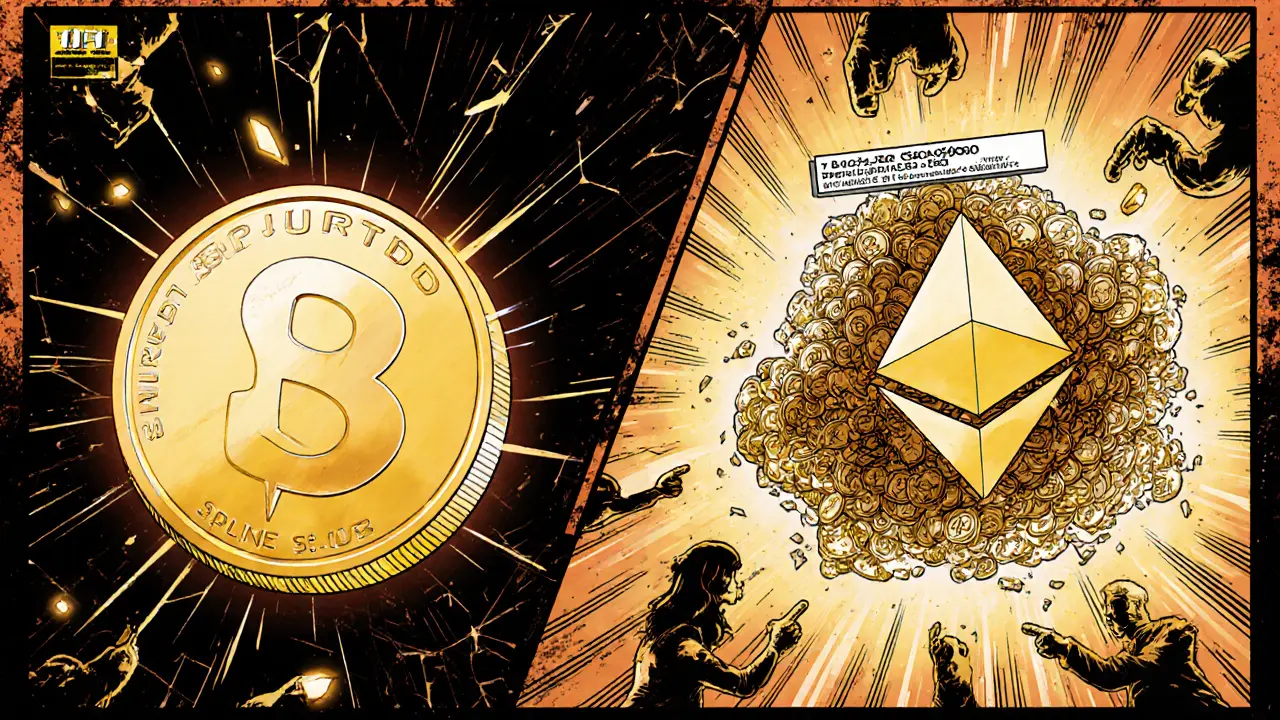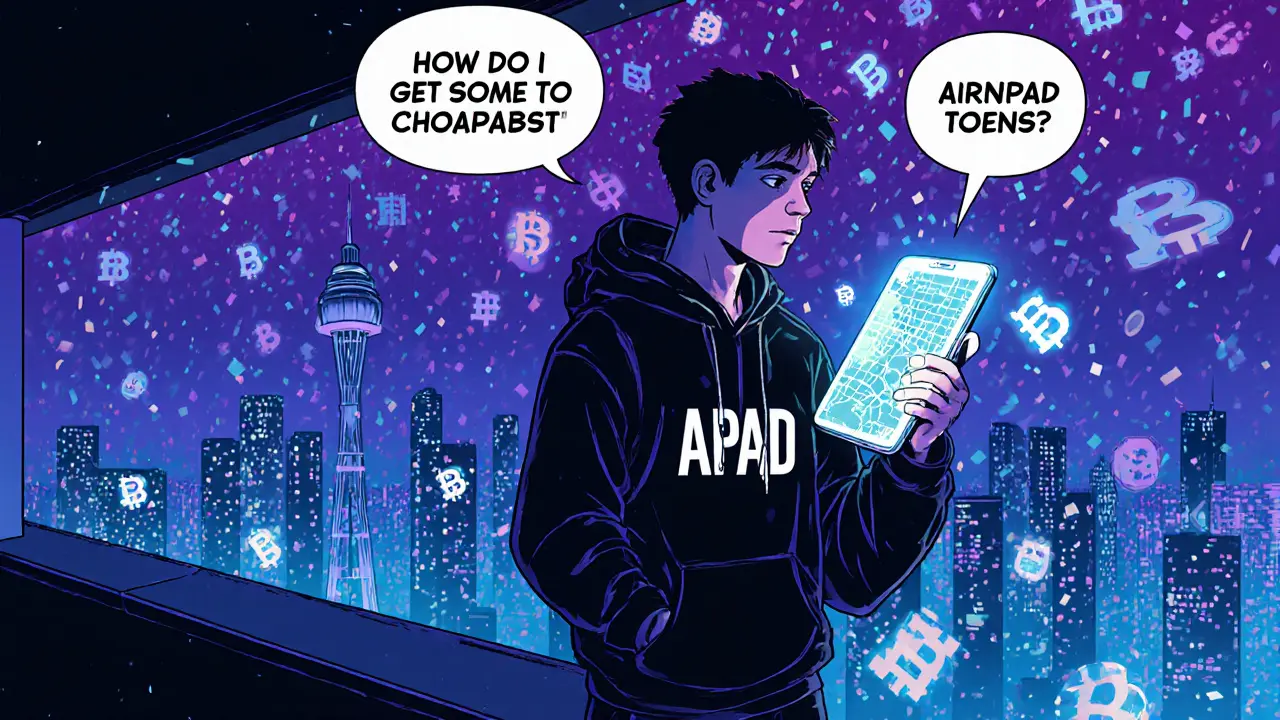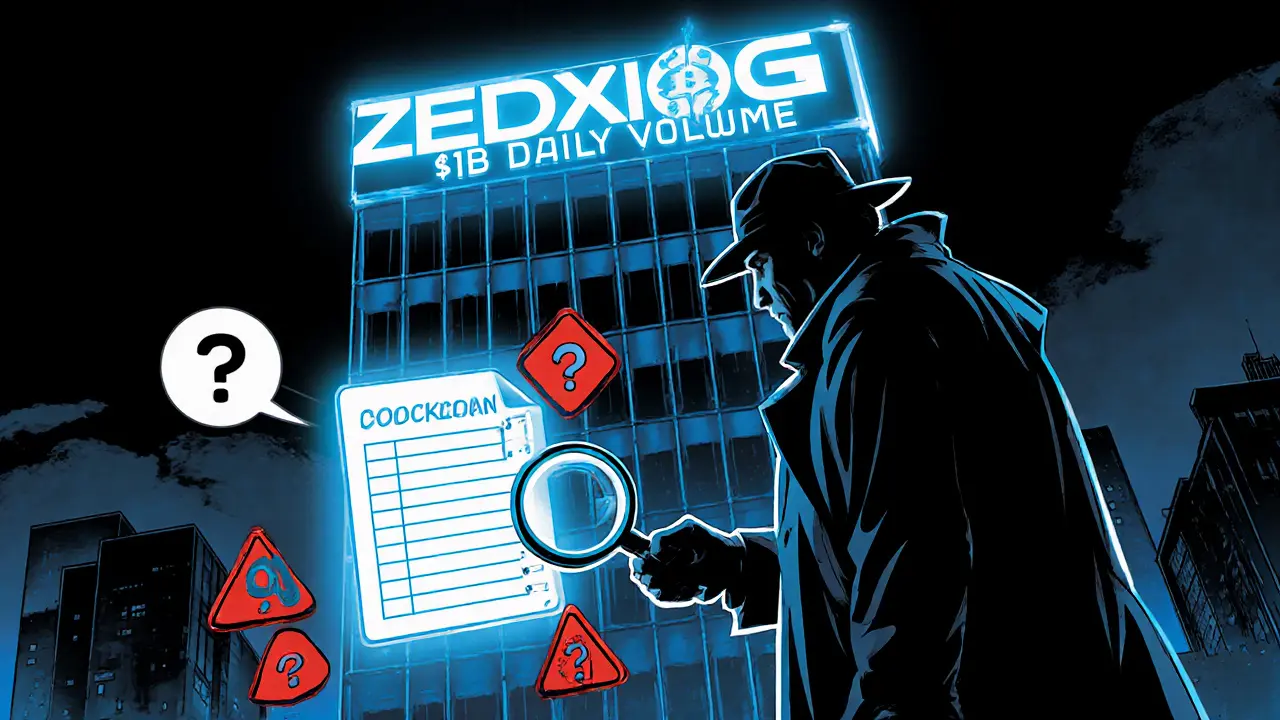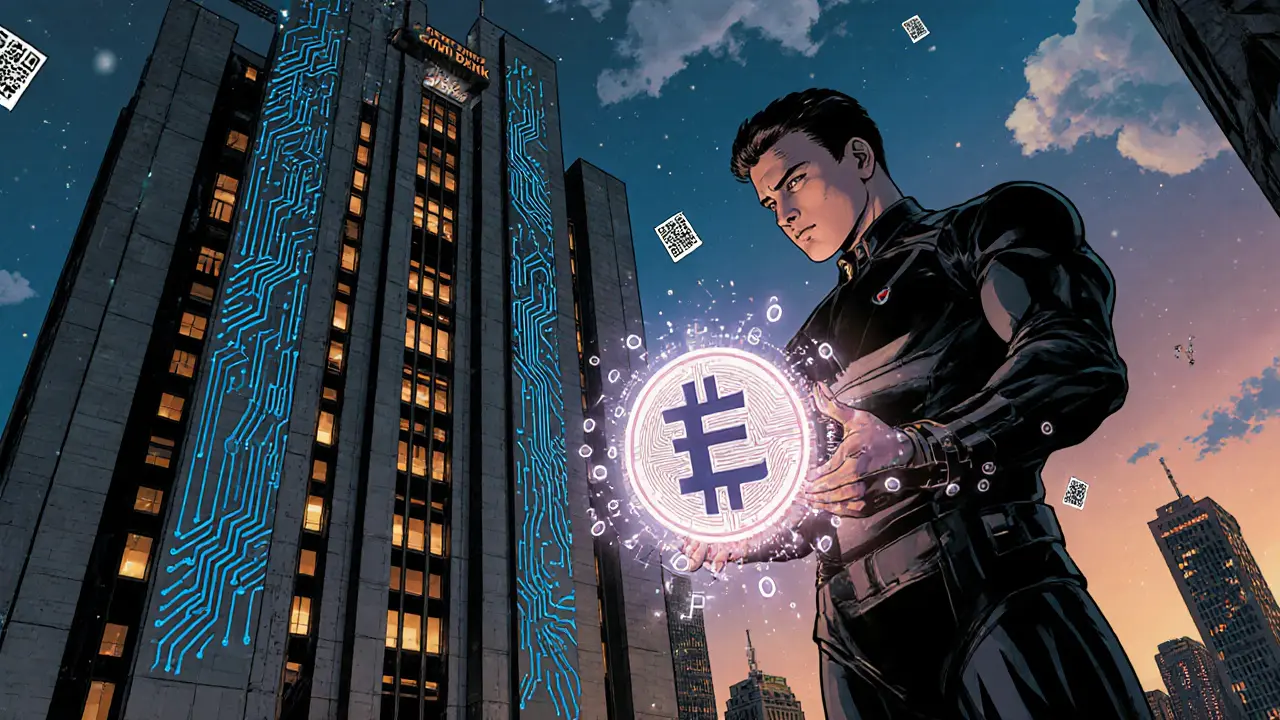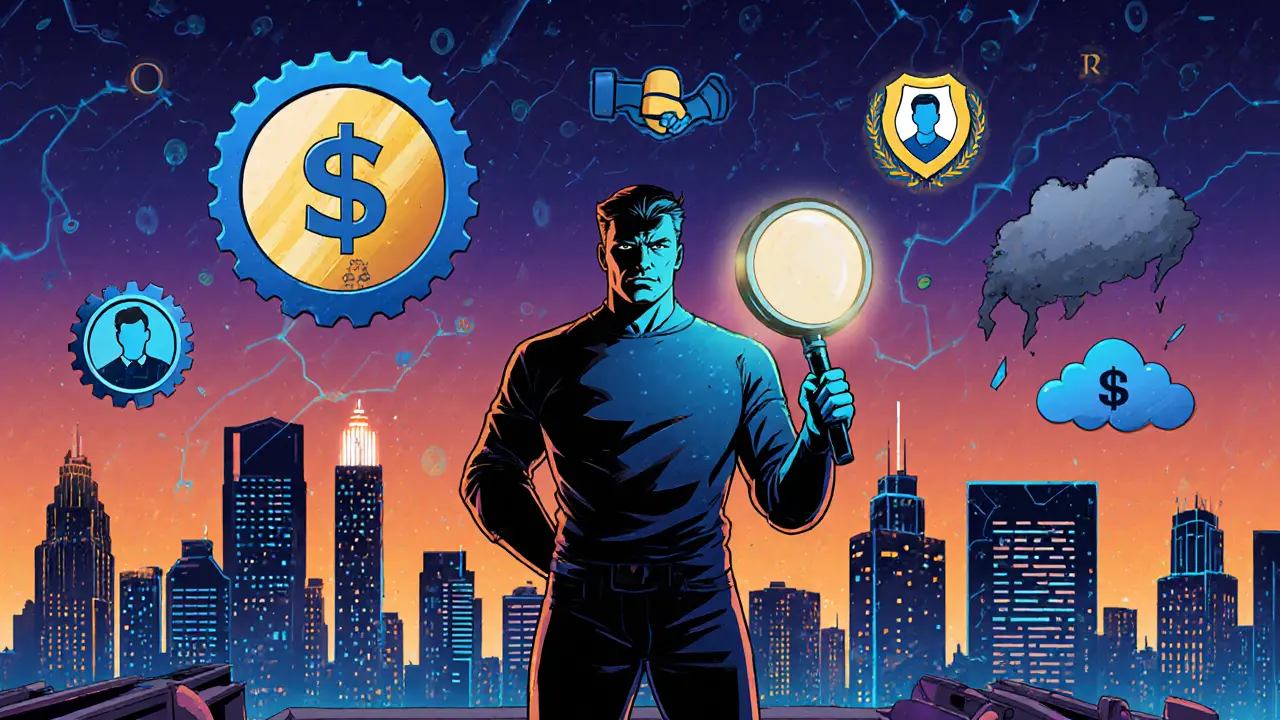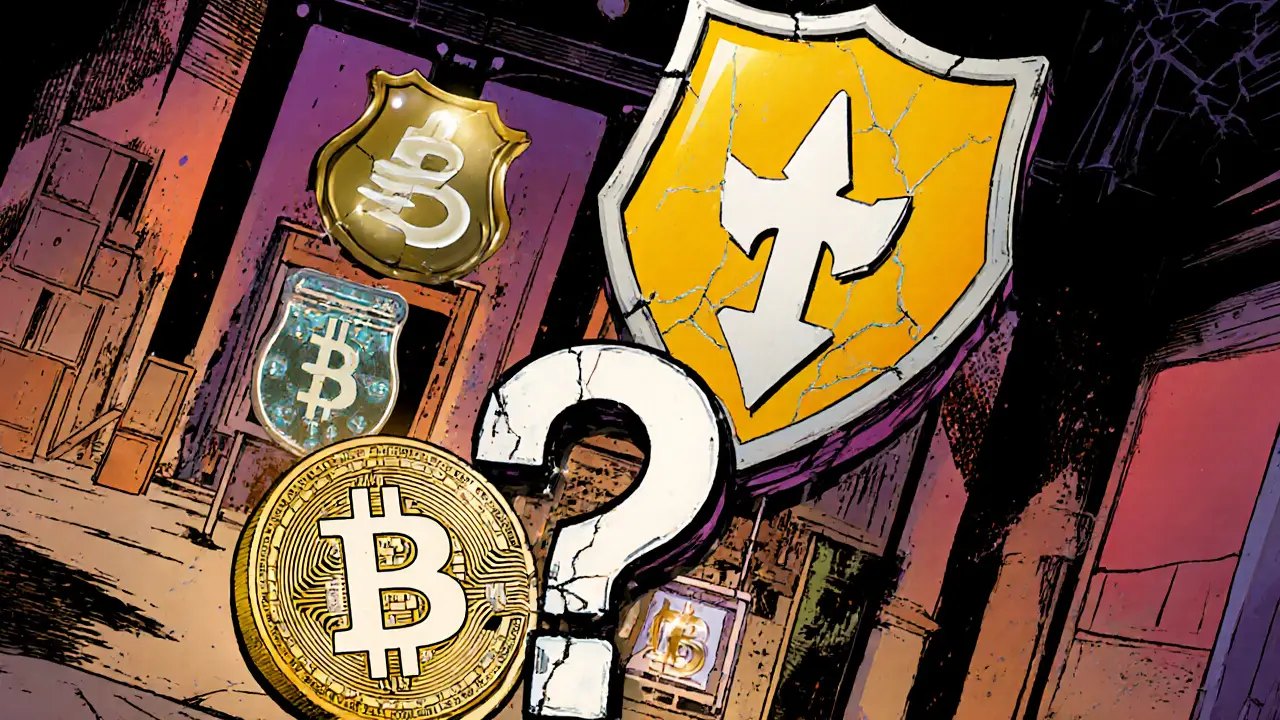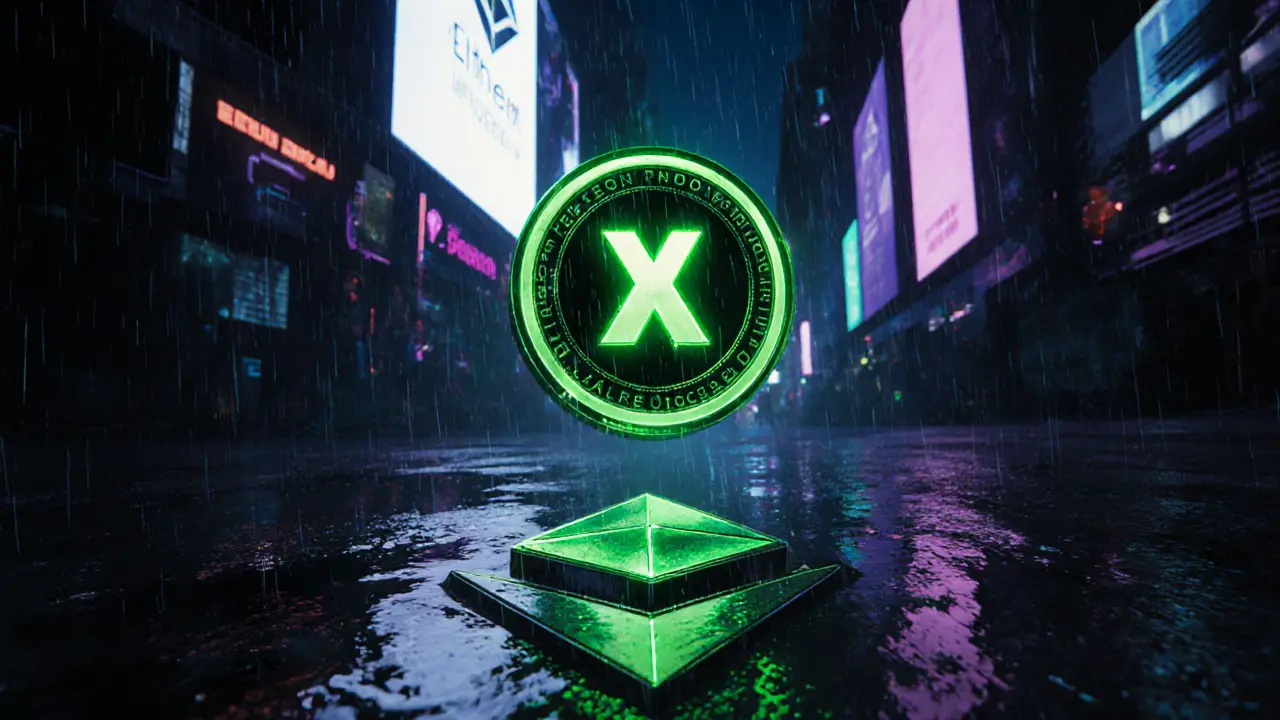Crypto Airdrops and Blockchain Insights from October 2025
When you’re chasing a crypto airdrop, a free token distribution meant to grow a project’s user base. Also known as token giveaway, it’s one of the most popular ways new users enter the crypto world—but also one of the most targeted by scammers. As of October 2025, many claimed airdrops like MDX, KALA, and APAD are either inactive or outright fake. Real airdrops don’t ask for your private key. They don’t rush you. They don’t use Telegram bots that vanish after you send crypto. The ones worth your time are tied to verified projects with public smart contracts, clear eligibility rules, and a track record.
Behind every airdrop is a deeper system: blockchain immutability, the guarantee that once data is written, it can’t be changed. This isn’t just tech jargon—it’s why supply chains use it to track medicine, why governments test it for land records, and why exchanges rely on it to prevent double-spending. Without immutability, airdrops would be meaningless. If someone could alter your claim history, the whole system collapses. That’s why platforms like Zedxion and Klickl are under scrutiny: if their data isn’t transparent, their token distributions aren’t trustworthy. And when you’re not chasing free tokens, you’re probably staking. staking rewards, earnings from locking up crypto to support a network’s security. Also known as proof-of-stake income, they’re how Ethereum, Solana, and dozens of DeFi protocols keep running without miners. But APY numbers can lie. Compounding isn’t always daily. Fees eat into returns. And if the project shuts down, your staked tokens vanish. That’s why understanding how APY is calculated matters more than ever.
October 2025’s content isn’t about hype. It’s about filtering noise. You’ll find real reviews of exchanges like HTX Thailand and Thodex—exchanges that either serve real users or collapsed under fraud. You’ll see deep dives into tokens like SPURDO and CHILI, where millions of tokens exist but zero real utility. You’ll learn how DeFi protocols actually work, not just how they’re marketed. And you’ll get clear steps on how to avoid phishing scams that steal wallets faster than you can click ‘confirm’.
What’s here isn’t theory. It’s what happened. What failed. What still works. Whether you’re checking if your wallet qualifies for a past airdrop, wondering why your staking returns dropped, or trying to figure out if a new exchange is safe—this archive gives you the facts without the fluff. No guesses. No promises. Just what’s real in crypto right now.
As of October 2025, there is no active MDX airdrop from Mdex. Learn the truth about past distributions, how to get MDX tokens legally, and how to avoid common scams targeting crypto users looking for free tokens.
Learn how to calculate crypto staking rewards using APY, understand compounding, and avoid common traps. See real examples of Ethereum, Solana, and DeFi staking returns.
Blockchain immutability ensures data can't be altered once recorded. Discover real-world uses in healthcare, supply chains, digital identity, and more where tamper-proof records save lives and money.
Cryptocurrency phishing scams trick users into giving up private keys or sending crypto to fake sites. Learn how they work, the most common types, and how to protect yourself from losing everything.
SPURDO is a confusing meme coin with two versions on Solana and Ethereum. One has a billion tokens; the other has 69 quadrillion. Both are high-risk, low-liquidity, and lack utility. Learn the truth before investing.
Discover what the Anypad (APAD) bot airdrop is, how to qualify, risks, and steps to claim the tokens-plus a comparison with other 2025 airdrops.
An in‑depth review of Zedxion Exchange, exposing its unverified volume claims, lack of licenses, security flaws, and user complaints. Learn why it ranks as a high‑risk platform.
Explore whether central bank digital currencies will replace cash and crypto, covering technology, adoption, risks, and future scenarios in a clear 2025 outlook.
Explore why crypto fundamental analysis often falls short, from subjectivity and data overload to regulatory shocks, and learn practical ways to blend it with other tools for better investment decisions.
Flash Technologies (FLASH) is a defunct BSC token that promised fiat‑crypto transfers but never launched. This article explains the project, its red flags, and why it's considered a high‑risk scam.
HTX Thailand review: Compare fees, security, and regulatory risks vs Bitkub & Satang. Learn if HTX suits advanced traders or beginners in Thailand's crypto market.
A clear, in‑depth look at GIBX Swap (X) token, its DEX claims, data inconsistencies, risks, and how it stacks up against major platforms.

